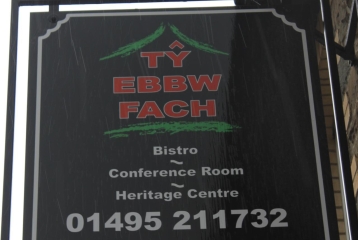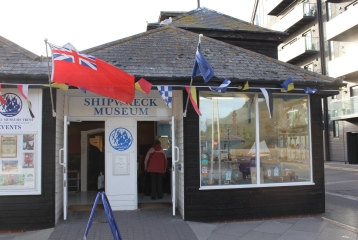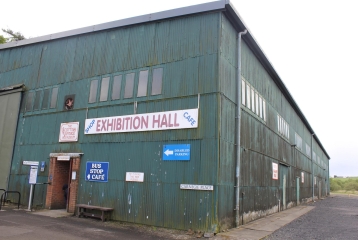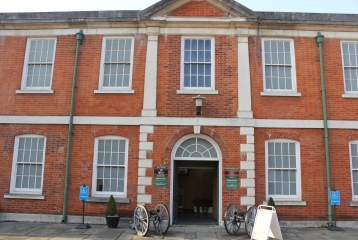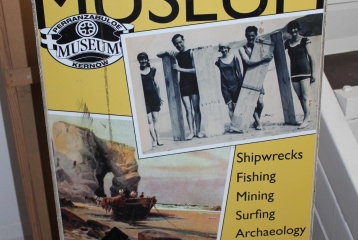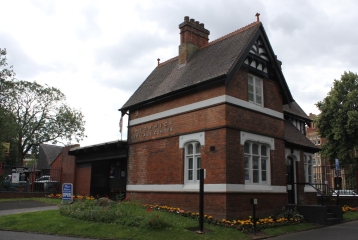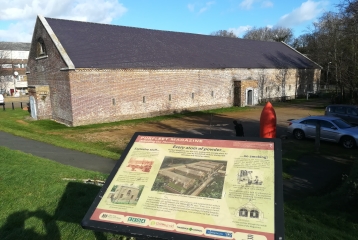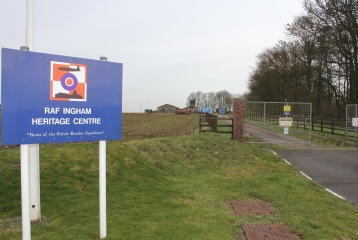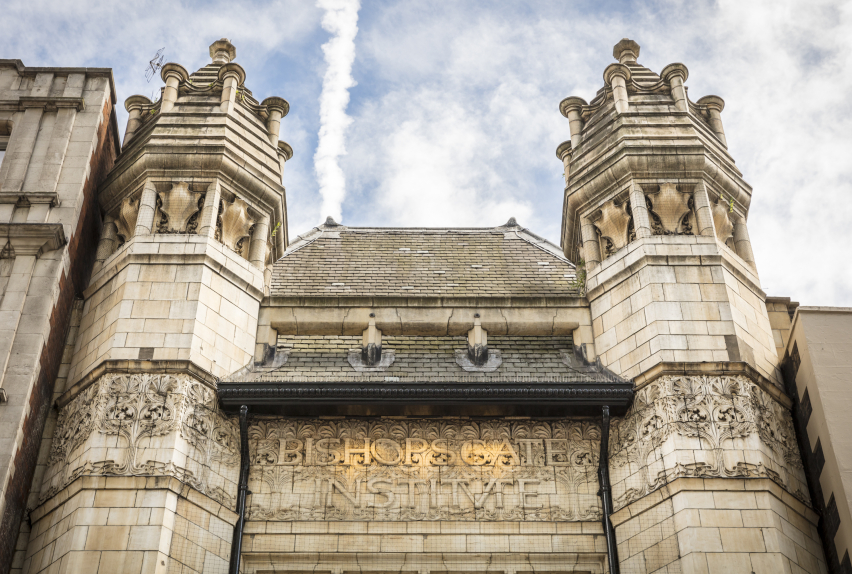Purfleet Heritage and Military Centre
About this Archive
The Mapping Museum research project was created to look at the increase in the number of museums in the UK. As part of this project, Susan Gosling was interviewed about the Purfleet Heritage and Military Centre.
Explore more about the Mapping Museum project here and read Gosling's interview below:
Interview summary
Name of person being interviewed: Susan Gosling
Location of interview: Purfleet Heritage and Military Centre
Date of Recording: 07 February 2019
Recording Length: 01:24:46
Name of interviewer: Dr Toby Butler
Description: Purfleet Heritage and Military Centre in Essex is situated next to the River Thames inside an enormous gunpowder magazine built in 1759 to store and supply the Navy and the Army; the collection has grown to encompass a wide range of local history and military topics from the eighteenth century to the present day.
Summary of main points in interview: Susan Gosling is co-founder of Purfleet Heritage and Military Centre. She discusses the history of the site and its role for testing and storing gunpowder for loading onto ships. The store shut in 1960 and several stores and buildings were demolished to make way for housing; protests saved a Proof House, a clock tower and one store.
The Hornchurch Aerodrome Association got involved and a business plan was drawn up. Eventually the Council approved use and leased the building to the Heritage Centre. Initially half the building was used for display space and they opened properly in 1995. After five years they applied for charitable status.
Gosling discusses how the displays have developed from focusing on local history to broader military history from the connection of the gunpowder store with famous naval vessels, and the involvement of RAF Hornchurch.
Gosling explains some of the geography and history of Purfleet and how it developed, including the multicultural nature of the population and how the museum can give people a sense of where they are living. She discusses work with schools and how local people began to bring in artefacts. She likes the way the displays are hands-on compared to "sterile" big museums.
They have ten regular volunteers and 80 members. The tea bar, shop and entrance fees cover costs and they get up to 3,000 visitors a year opening two days a week. A Gurkha display reflects a Nepali community of 500 that settled in Thurrock. Gosling enjoys finding out about Purfleet and feels strongly that the stories of the area should be preserved and remembered; they have been involved in conservation campaigns to preserve other buildings.
NO AUDIO FILE PROVIDED; TRANSCRIPT ONLY
